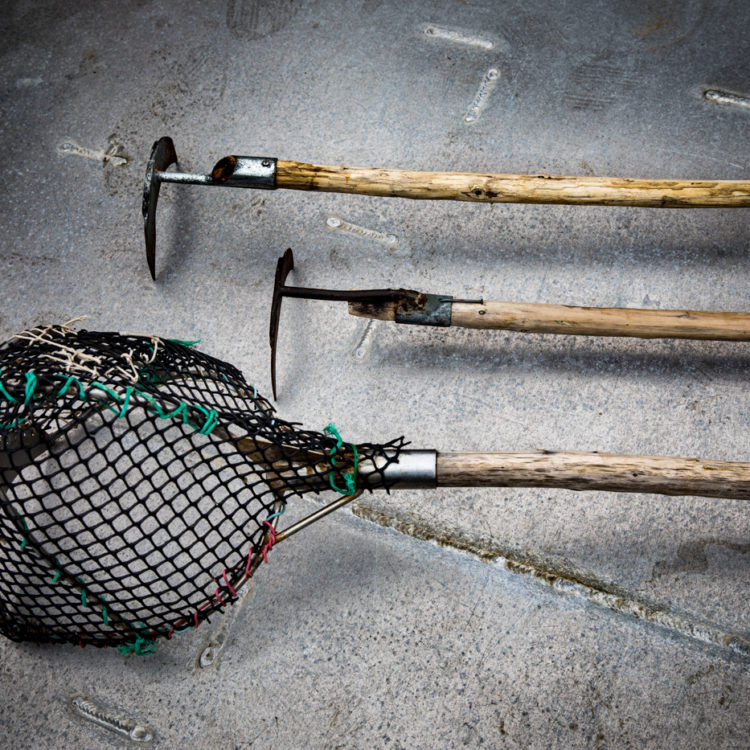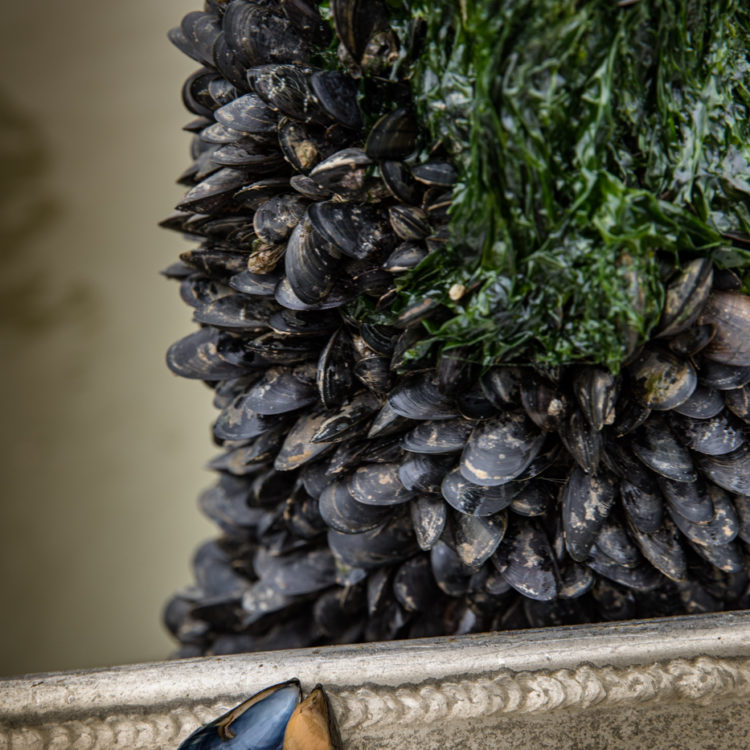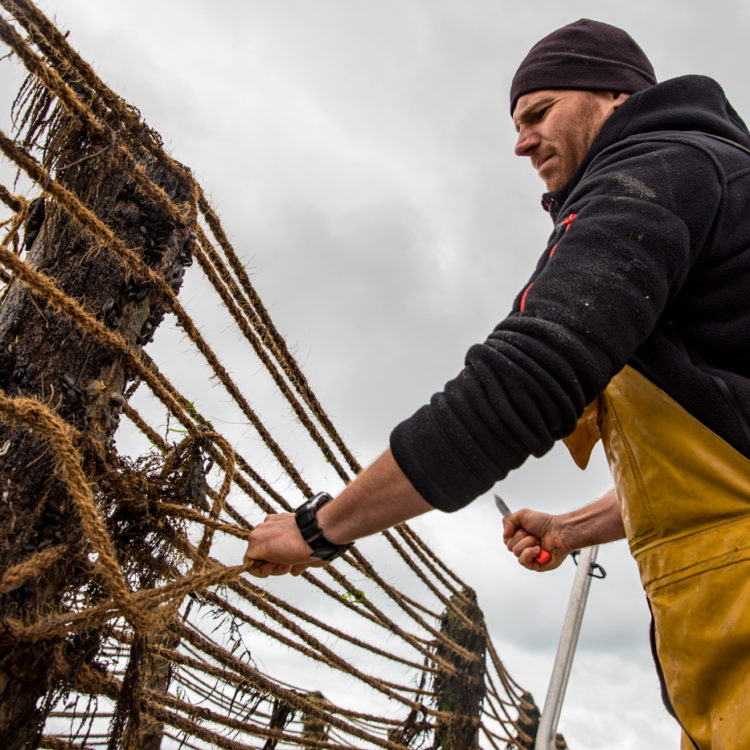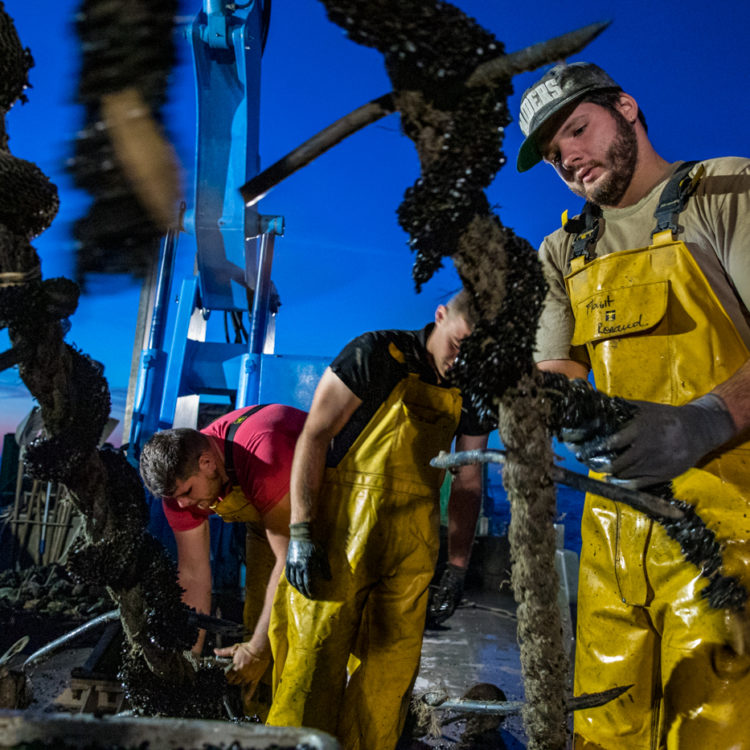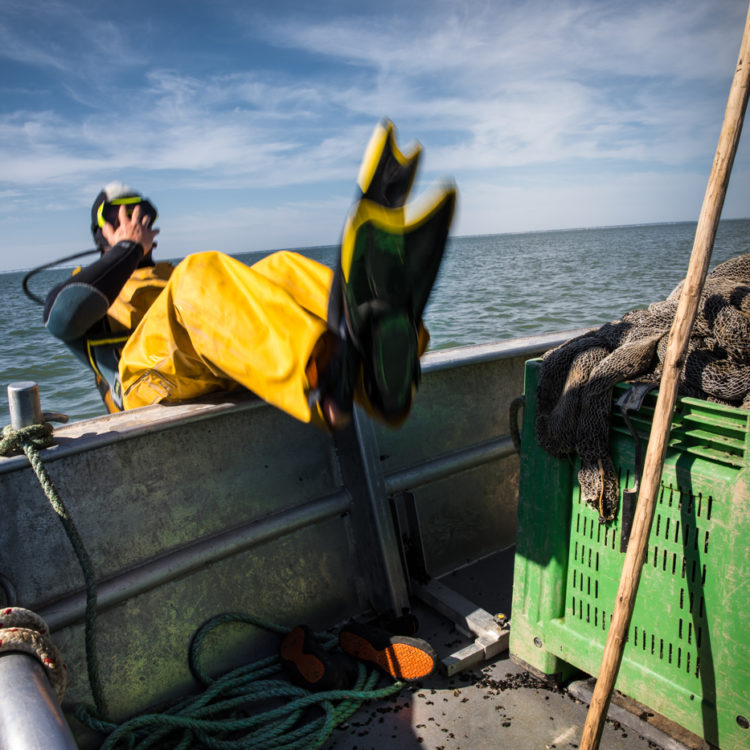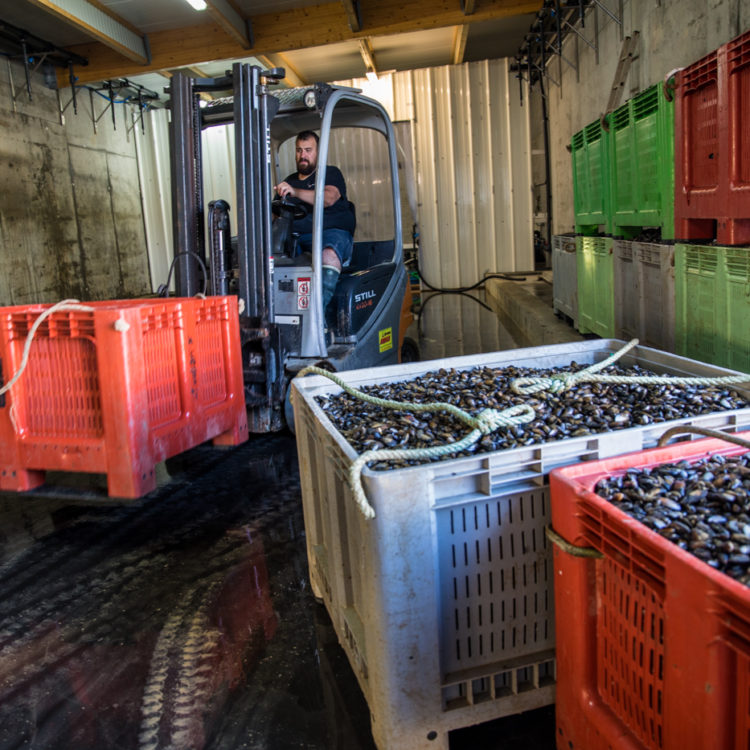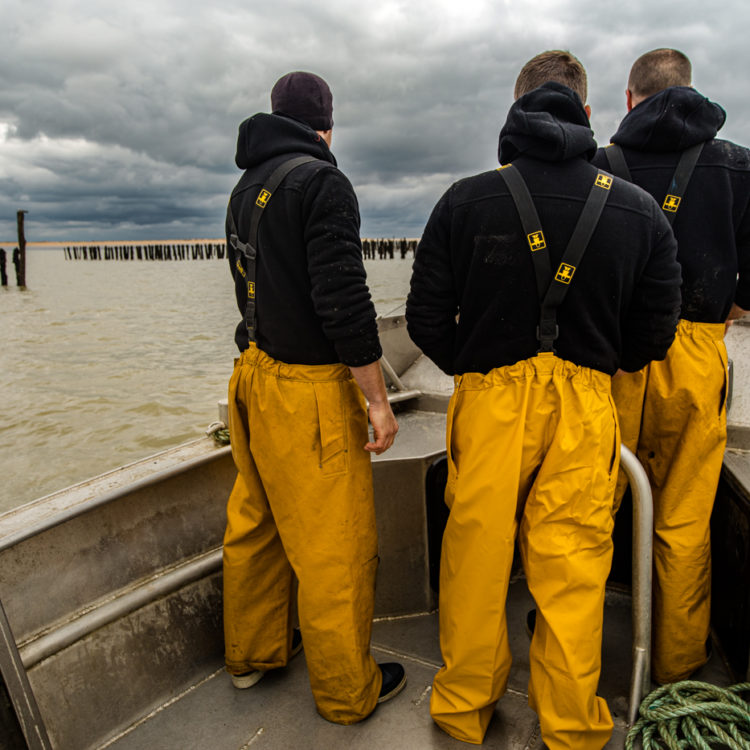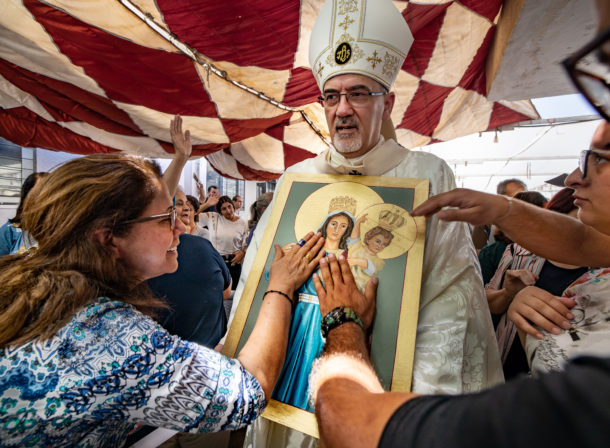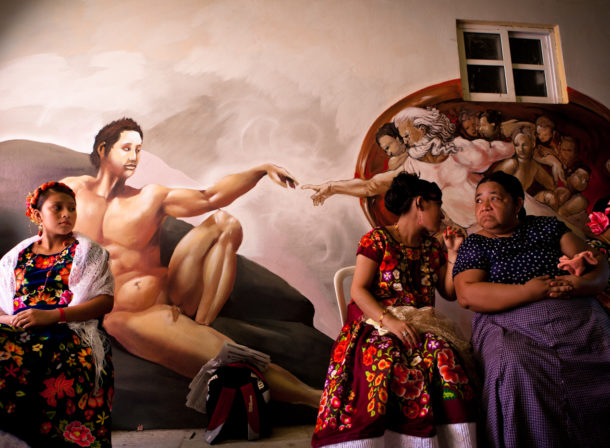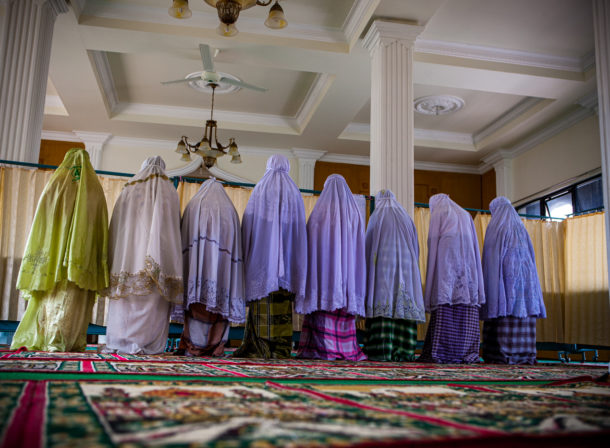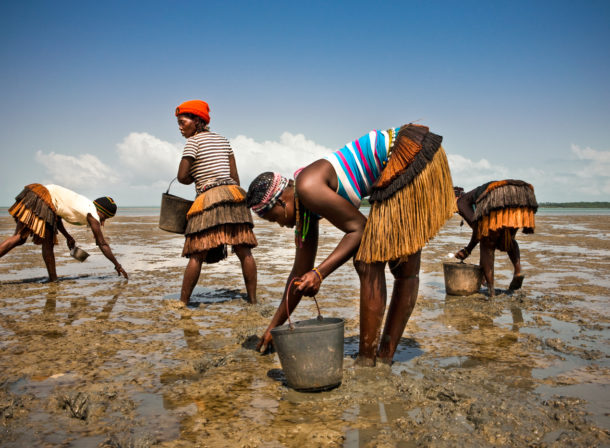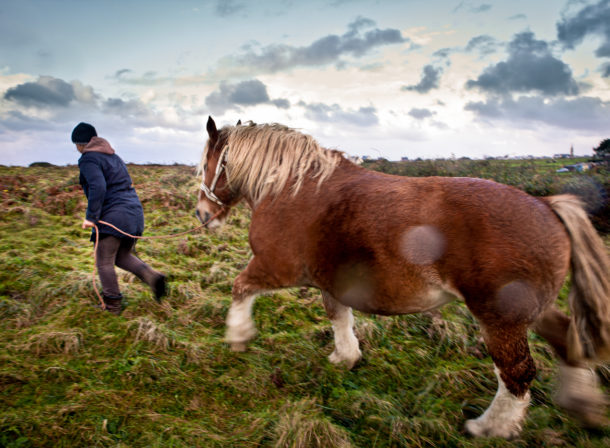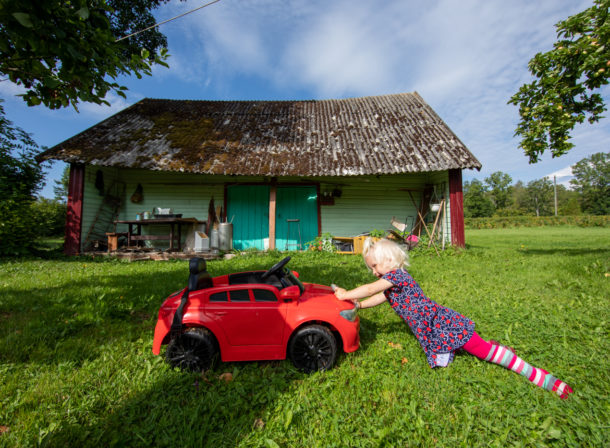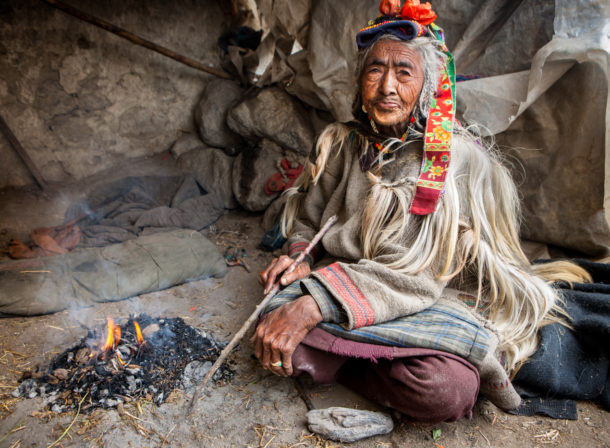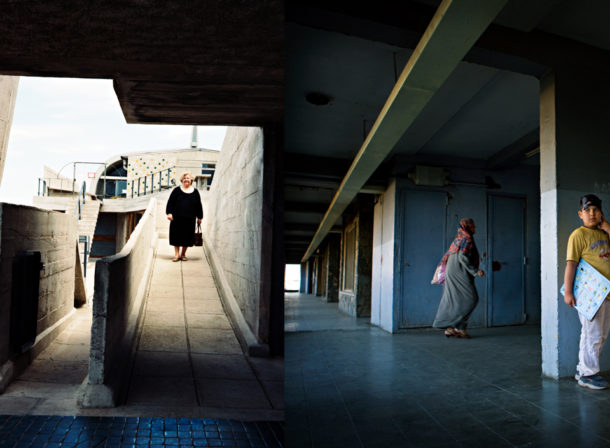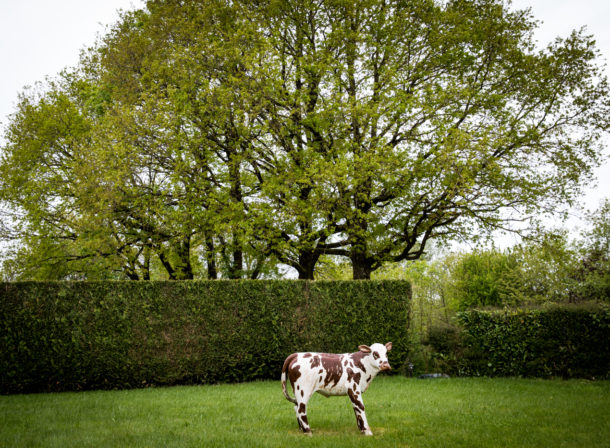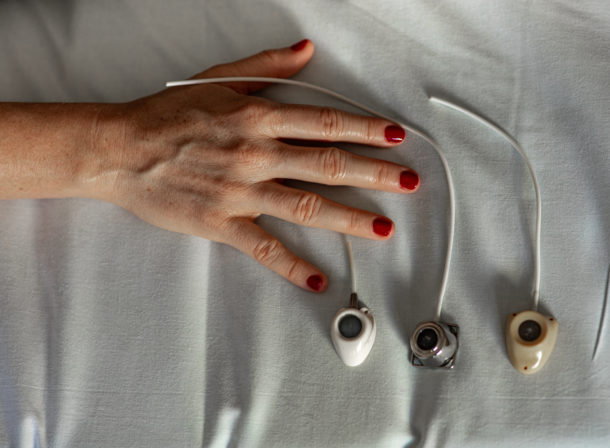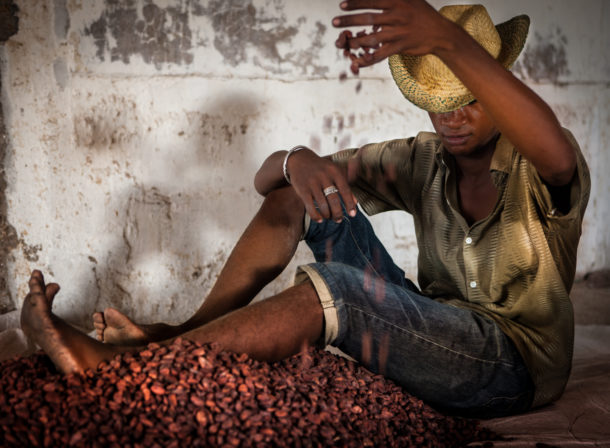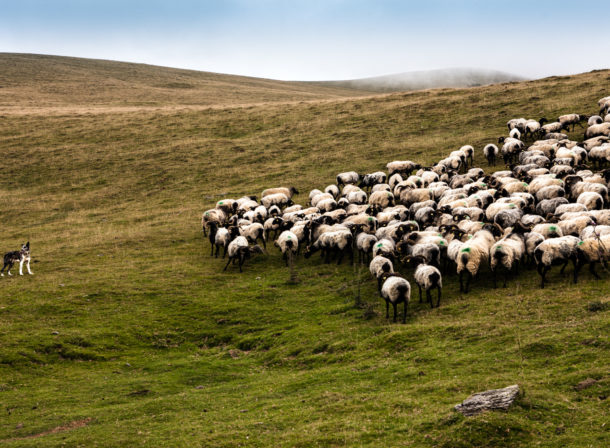A Middle Ages mussel
Ever since the Middle Ages the mussel of Charron has been growing on the Atlantic coast, opposite Ile de Ré, between Vendée and Charente-Maritime. A mussel with a unique taste, which is considered Europe’s best. This ancestral mussel culture, which requires traditional methods and titanic work, has remained dependent on the quality of the local water and the rhythm of the seasons. One gets immersed in the daily life of a family of producers of the famous Moule de Charron.
This typical bay of Aiguillon mussel grows slowly within the waters of the Atlantic mixed with the Sèvre Niortaise, filtered by the Poitevin swamps. The three Marionneau brothers have picked up the torch of the family business and work hard to give the mollusk its pedigree back against the dominating Zeeland mussel from Holland.
The Marrionneau family
Mussel culture was invented here in the 12th century, a culture on unpeeled oak or chestnut stakes 2 to 6 meters long, known as bouchot, half driven into the ocean floor. Chefs concur to elect the taste of the "mytilus edulis", endemic of the Atlantic coast, as exceptional. Here more than anywhere else, mussels act as sentinels: filtering 7L of water per hour, they testify to the health situation of the environment in which they live. An extraordinary environment: the Aiguillon Bay National Nature Reserve, home to 70,000 birds.
The Bay of Aiguillon mollusk was hit in 2014 by a mysterious disease: that year the mussel farmers lost everything. No one has yet identified the origin of the problem (probably a change in salinity). Since then, production has picked up. The Marrionneau family is fighting to promote the quality of its mussels and the environment in which they live.


